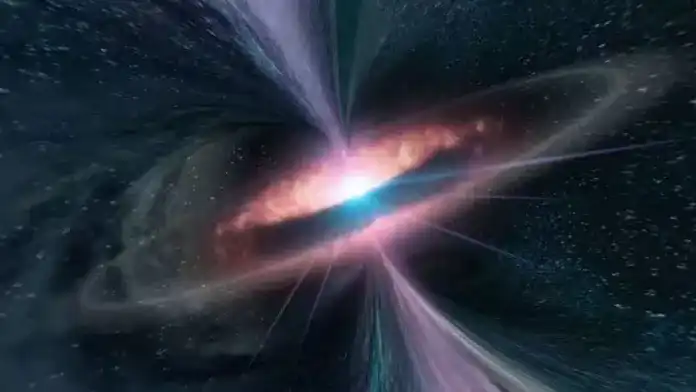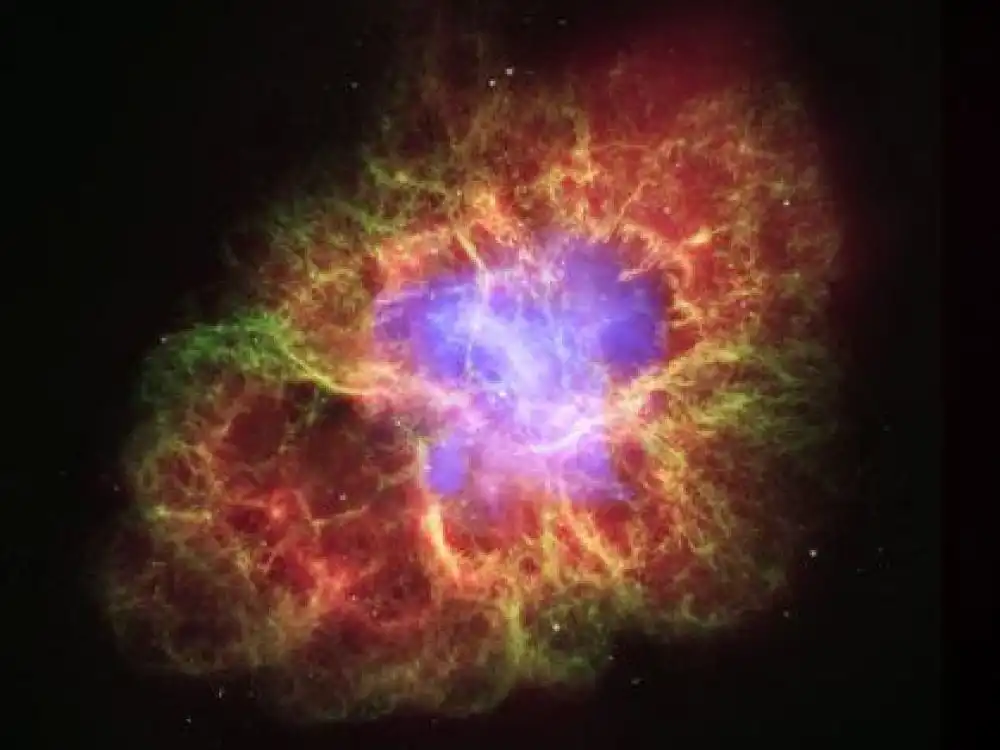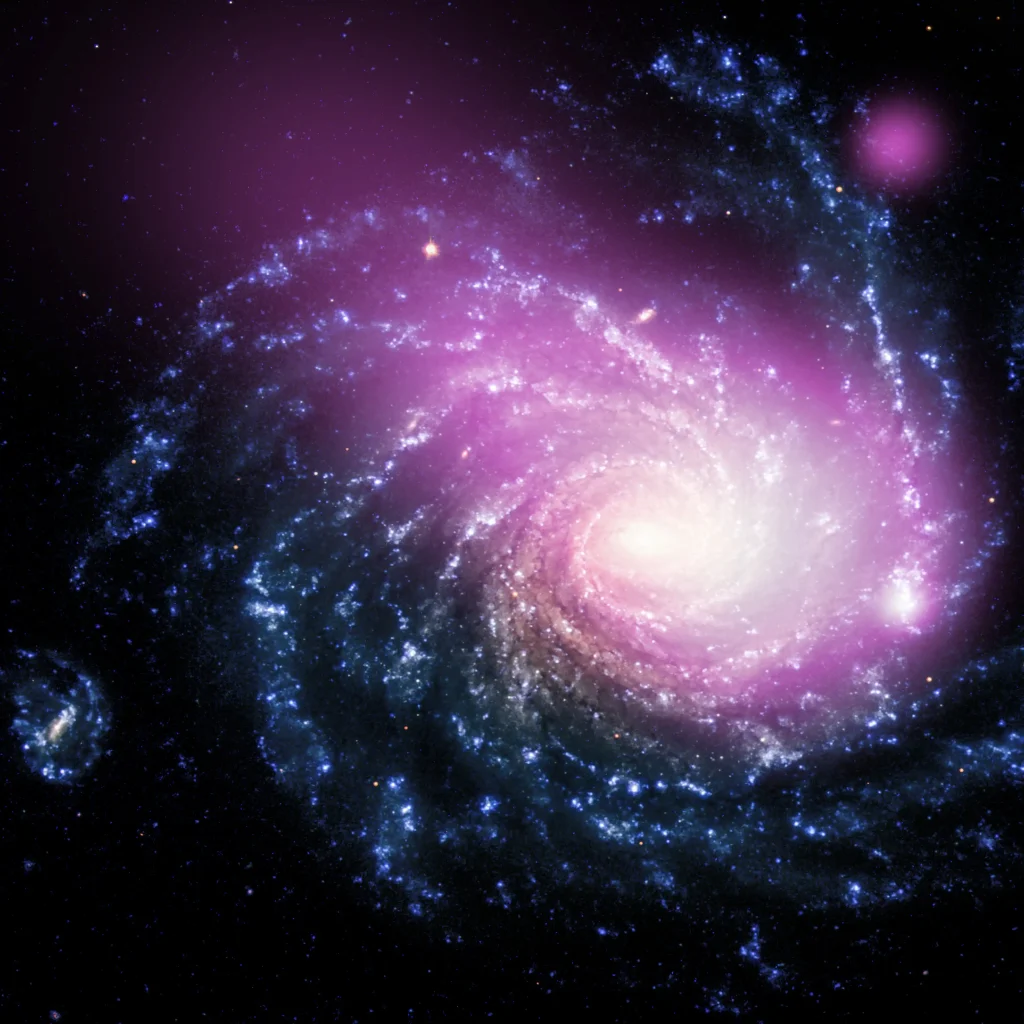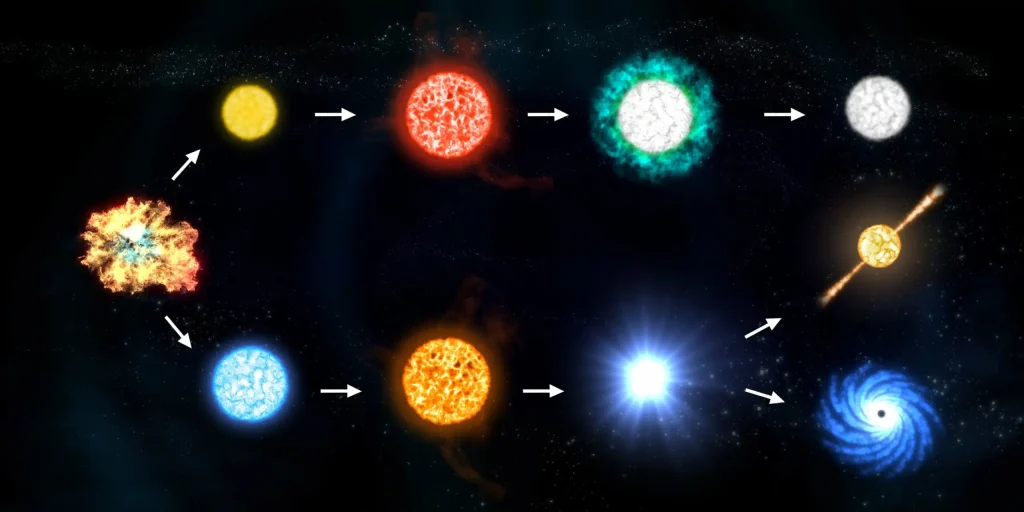Introduction:
Imagine a vast canvas stretching across the endless expanse of space, adorned with the dazzling glow of billions of stars. This cosmic masterpiece is what we call a galaxy, and understanding how these majestic structures develop and evolve is like deciphering the secrets of the universe’s grand design.

What is a Galaxy?
A galaxy is a colossal collection of stars, gas, dust, and mysterious dark matter, all bound together by gravity. These celestial islands come in various shapes and sizes, from spiral galaxies with graceful arms to elliptical galaxies resembling cosmic footballs. The captivating story of galaxy development unfolds over billions of years and involves intricate cosmic processes.

Birth of Galaxies:
Our journey into the cosmic ballet begins with the birth of galaxies. According to scientists, galaxies emerge from colossal clouds of gas and dust called nebulae. These nebulae contain the raw ingredients needed to create stars and, consequently, galaxies. Gravitational forces within these clouds lead to the formation of denser regions, triggering the birth of stars.

As these stars come to life, their radiant energy shapes the surrounding material into vast structures – galaxies. The swirling dance of gas and stars within these galaxies is a mesmerising spectacle that unfolds over millions of years.
Evolutionary Dance:
Galaxies, like living entities, undergo a process of evolution. This evolution is driven by various factors, including gravity, collisions, and the continuous birth and death of stars.

1. Gravity’s Grace: Gravity plays a crucial role in the life of galaxies. It pulls matter together, shaping galaxies into distinct forms. One of the common galactic shapes is the spiral galaxy, where graceful arms spiral outward from a central hub. These arms are like cosmic nurseries, nurturing new stars.

2. Galactic Collisions: Galaxies are not solitary dancers; they engage in cosmic collisions. When galaxies collide, their gravitational forces can reshape their structures dramatically. Sometimes, these collisions lead to the birth of entirely new galaxies, creating a celestial spectacle of beauty and chaos.

3. Stellar Life Cycle: Stars, the cosmic engines of galaxies, are born, live, and eventually die. As stars exhaust their nuclear fuel, they release elements into space, enriching the surrounding environment. This continuous cycle of star formation and death influences the composition and dynamics of galaxies, contributing to their evolution.

The Many Faces of Galaxies:
Galaxies come in various shapes and sizes, each telling a unique story of its cosmic journey. From majestic spirals to elliptical giants, the diversity of galactic forms is a testament to the rich tapestry of the universe.

Conclusion:
The development and evolution of galaxies are an awe-inspiring cosmic ballet, a dance of celestial bodies choreographed by the forces of nature. As we gaze into the night sky, let us appreciate the beauty and complexity of these cosmic wonders, each a testament to the vastness and intricacy of our universe.
For more interesting articles, please visit www.kidzherald.com





